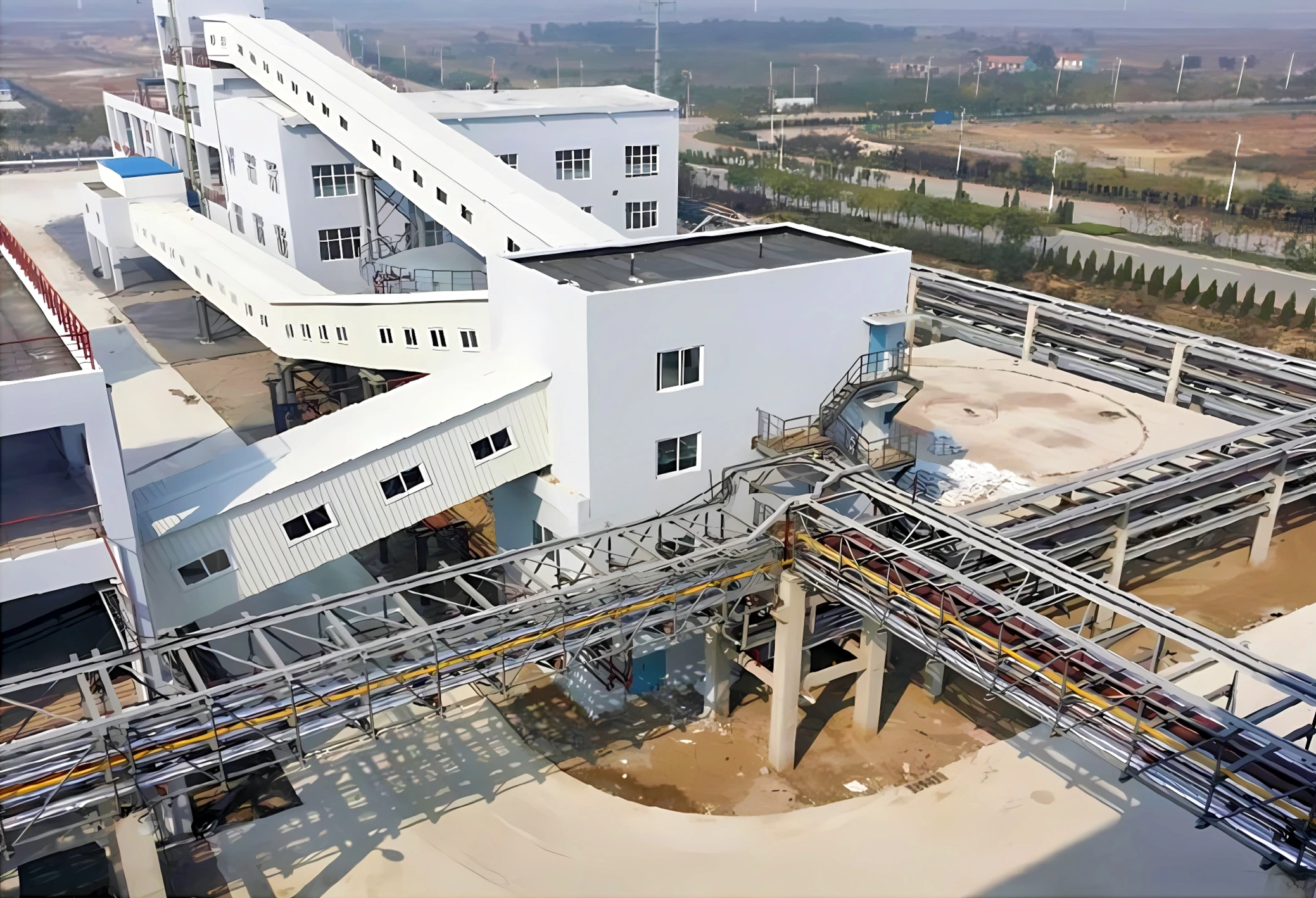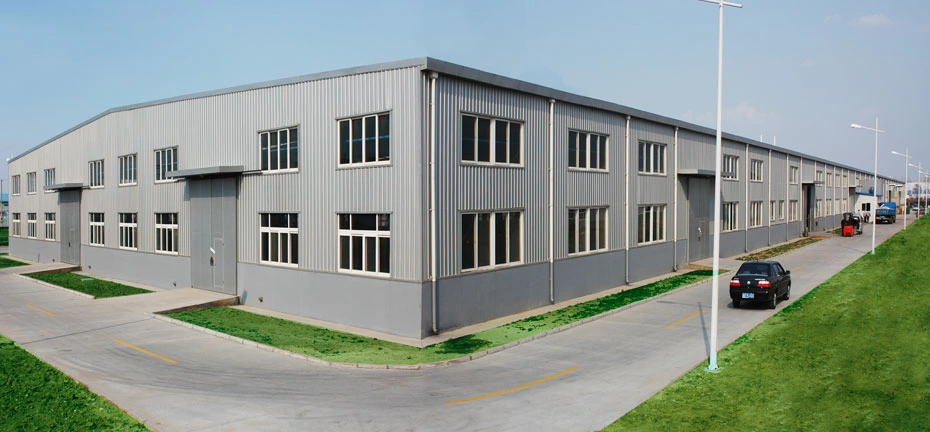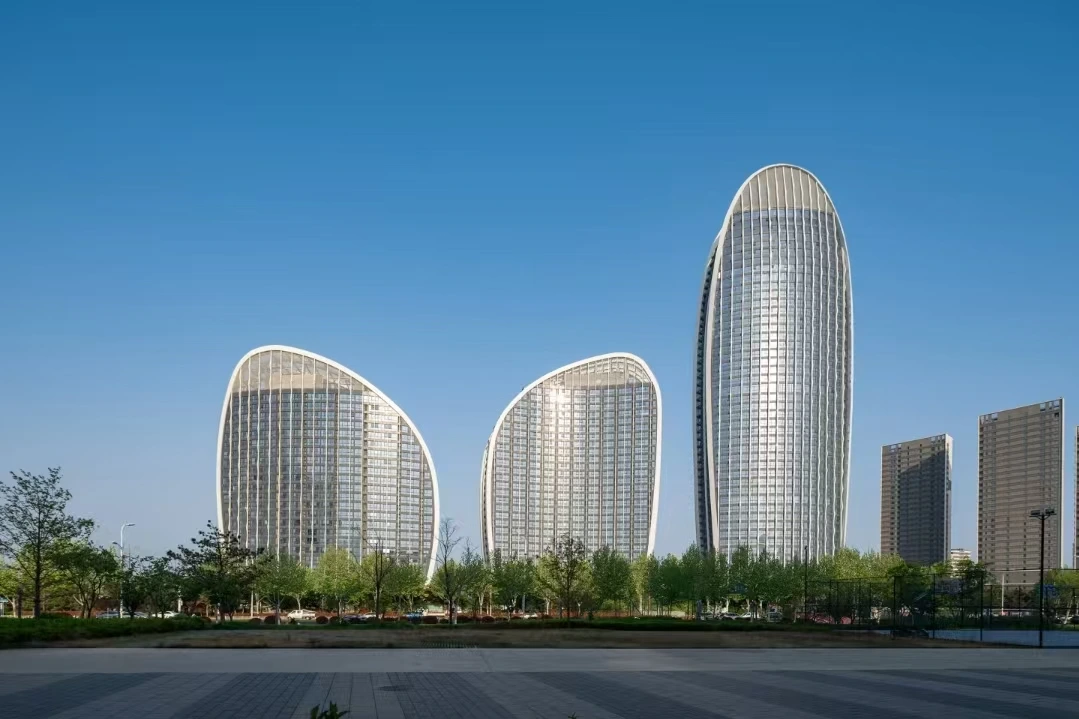Qingdao Soda Industry Conveyor Belt Project
With "efficiency, intelligence, safety, and environmental protection" as core goals, creating an industry-leading material conveying system

Efficient, Intelligent, Safe, Environmentally Friendly
Project Overview
Qingdao Soda Industry Co., Ltd., a large comprehensive chemical enterprise specializing in the production of soda ash, chemical fertilizers, thermal power, and related fine chemical products, operates on a large scale with extremely frequent material transportation needs. To enhance production efficiency, optimize material transportation processes, and reduce logistics costs, the company initiated the conveyor belt project. Located at the main factory premises (No. 78 Siliu North Road, Licang District), this project established an efficient and stable material conveying system connecting raw material storage areas with production workshops, enabling rapid and precise transportation of raw materials from storage to production.
Project Challenges and Solutions
Engineering Layout Difficulties in Complex Production Environments
Challenge: The main factory area of Qingdao Soda Industry features numerous production facilities with a compact spatial layout and complex underground pipelines, presenting significant challenges to route planning and infrastructure construction for the conveyor belt project.
Solution: Trenchless construction technologies such as directional drilling and pipe jacking were employed to avoid large-scale excavation of underground pipelines, ensuring uninterrupted factory production.
Equipment Selection and Maintenance for High-Load, Long-Distance Conveying
Challenge: The conveyor belt system needed to meet high-load, long-distance material conveying requirements, demanding exceptional strength, wear resistance, and power performance from equipment. Additionally, the corrosive chemical production environment necessitated specialized corrosion-resistant equipment and maintenance protocols. Suboptimal equipment selection or maintenance could lead to conveyor belt breakage, drive system failures, and production disruptions.
Solution: High-strength, corrosion-resistant steel cord conveyor belts were selected, featuring multi-layer high-strength steel cords as the framework and a rubber coating with superior wear and corrosion resistance, effectively addressing the dual challenges of high-load, long-distance conveying and harsh chemical environments.
Integration with Existing Production Systems
Challenge: Achieving seamless integration with existing production systems while implementing modular prefabrication and rapid installation.
Solution: The project team conducted a comprehensive assessment of existing systems and facilities, developing a detailed integration plan. Hardware modifications included upgrading interfaces of older equipment to enable physical connection with the new conveyor belt system.
Technical Highlights
- High-precision measurement and positioning: Conveyor belt operations require exceptional straightness (deviation ≤ ±5mm/m), making steel structure installation accuracy critical. The project utilized Leica TS60 total stations for 3D coordinate positioning with 1mm+1ppm accuracy. Each truss underwent immediate axis, elevation, and verticality verification after installation, with fine adjustments via temporary support screws to ensure cumulative deviation ≤ 15mm.
- Welding deformation control: To prevent welding deformation in large-span trusses from uneven heating, the construction team employed a "symmetric welding method" with two welders working simultaneously on both sides. Multi-layer, multi-pass welding was used for H-beam flange-web fillet welds, with post-weld hammering for stress relief and 200℃×2-hour heat treatment, resulting in truss straightness deviations ≤ L/1000 (L = component length).
- Foundation connection detailing: Steel columns connect to concrete foundations via 8.8-grade high-strength embedded bolts, secured with positioning plates to ensure bolt spacing deviation ≤ 1mm and top elevation deviation ≤ 5mm. Installation leveling was achieved through nut height adjustment, with torque wrench-controlled bolt tightening (400-450N・m) ensuring connection rigidity and reliability.
Related Success Cases

Qingdao Zhongrui Logistics Equipment Workshop
Advanced logistics equipment production facility with efficient manufacturing processes and quality control

Qingdao Soda Industry Conveyor Belt Project
Efficient conveyor belt system ensuring stable raw material supply for soda production

Qingdao World Trade Convention Center
50-meter long-span steel structure convention and exhibition facility

